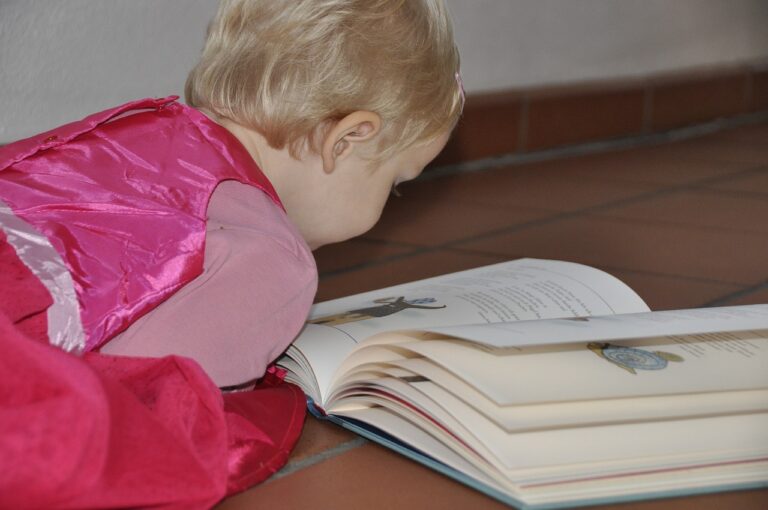Addressing Learning Loss Due to Pandemic Disruptions
School closures have had far-reaching consequences on student learning across the globe. With the sudden shift to remote and hybrid learning models, many students faced challenges in adapting to the new modes of education. The lack of in-person instruction and interaction with teachers and peers has resulted in decreased engagement and motivation levels among students, impacting their overall academic performance.
Furthermore, the digital divide has exacerbated existing disparities in access to education. Students from low-income families or rural areas have struggled to access online resources and participate in virtual classes, widening the achievement gap. As a result, educators and policymakers are increasingly concerned about the long-term implications of these disruptions on students’ learning outcomes and educational attainment.
• The sudden shift to remote and hybrid learning models has impacted student engagement and motivation levels
• Lack of in-person instruction and interaction with teachers and peers has contributed to decreased academic performance
• The digital divide has widened existing disparities in access to education, particularly for students from low-income families or rural areas
• Educators and policymakers are concerned about the long-term implications of school closures on students’ learning outcomes and educational attainment
Identifying Areas of Academic Regression
When it comes to identifying areas of academic regression in students, one key approach is to analyze assessment data from before and after extended periods of school closures. By comparing performance metrics in subjects such as math, reading, and writing, educators can pinpoint where students may have experienced setbacks or gaps in learning. Examining standardized test scores, class grades, and teacher evaluations can provide valuable insights into specific areas where students may need additional support and intervention.
Additionally, conducting informal assessments, such as diagnostic tests or quizzes, can help educators gauge students’ current understanding and identify areas of weakness. Observing students in classroom settings and engaging in one-on-one discussions can also reveal patterns of academic regression. By collecting data through various assessment methods and continuously monitoring student progress, educators can tailor their instructional approaches to address learning gaps effectively.
Strategies for Assessing Learning Gaps
Assessing learning gaps is crucial for educators to effectively address students’ academic needs in the wake of school closures. One strategy is to conduct diagnostic assessments tailored to specific subject areas to pinpoint areas where students may be struggling. These assessments can help identify individual learning gaps and inform targeted intervention plans to support student growth.
Using formative assessments throughout the school year can also help educators track students’ progress and identify any emerging learning gaps. By regularly assessing students’ understanding of key concepts and skills, teachers can quickly address any gaps before they become more significant. Additionally, analyzing student work samples and providing timely feedback can offer valuable insights into areas where students may need additional support.
How have school closures impacted student learning?
School closures have resulted in disruptions to traditional learning environments, leading to potential gaps in students’ academic progress.
How can educators identify areas of academic regression in students?
Educators can use various assessments, such as diagnostic tests, formative assessments, and teacher observations, to identify areas where students may be experiencing learning gaps.
What are some strategies for assessing learning gaps in students?
Some strategies for assessing learning gaps include conducting individual assessments, analyzing student work samples, using data analytics tools, and collaborating with colleagues to gain different perspectives on student performance.







